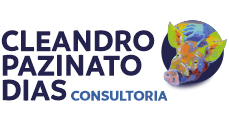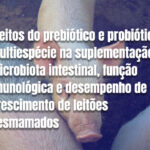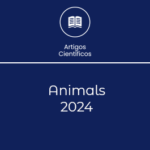To understand the production factors that affect conclusive parameters of sow herd performance can improve the use of the
resources and profitability of farm. The objective of this study was to identify associations and quantify the effects of a set of factors related to piglet weight at weaning (PWW), kilograms of piglets weaned per sow per year (kgPWSY) and sow feed conversion (SFC). Data from 150 farms were collected, for a total study population of 135 168 sows, including gilt replacement, breeding (mating), gestation and farrowing/lactation phases. A questionnaire focusing on reproductive performance, management, facilities, feeding, health and biosafety was administered. Multiple linear regression models were used to assess associations among factors with each of the three dependent variables. Increased duration of lactation was positively associated with PWW, kgPWSY and SFC. The increase in the number of live born pigs per litter was positively associated with kgPWSY and with SFC. Farms with higher PWW had farrowing room humidifiers, did not surgically castrate male piglets and used quaternary ammonia compounds for farrowing room disinfection. Farms with higher kgPWSY used lined ceilings in farrowing rooms and winter feeds with higher CP percentages in gestation; they also had more farrowings per sow per year. Sow feed conversion was worse in farms with partly slatted floors during gestation, in farms feeding lactating sows six times a day or ad libitum and farms with a higher sow-handler ratio. This study indicates that farms can increase PWW and kgPWSY and improve the SFC by changing one or more management, biosafety and feeding practices or facilities as well as by focusing on improving several performance parameters, particularly increasing the duration of lactation and the number of live born pigs per litter.
Herd-level factors associated with piglet weight at weaning, kilograms of piglets weaned per sow per year and sow feed conversion

Conheça nossas redes sociais:





